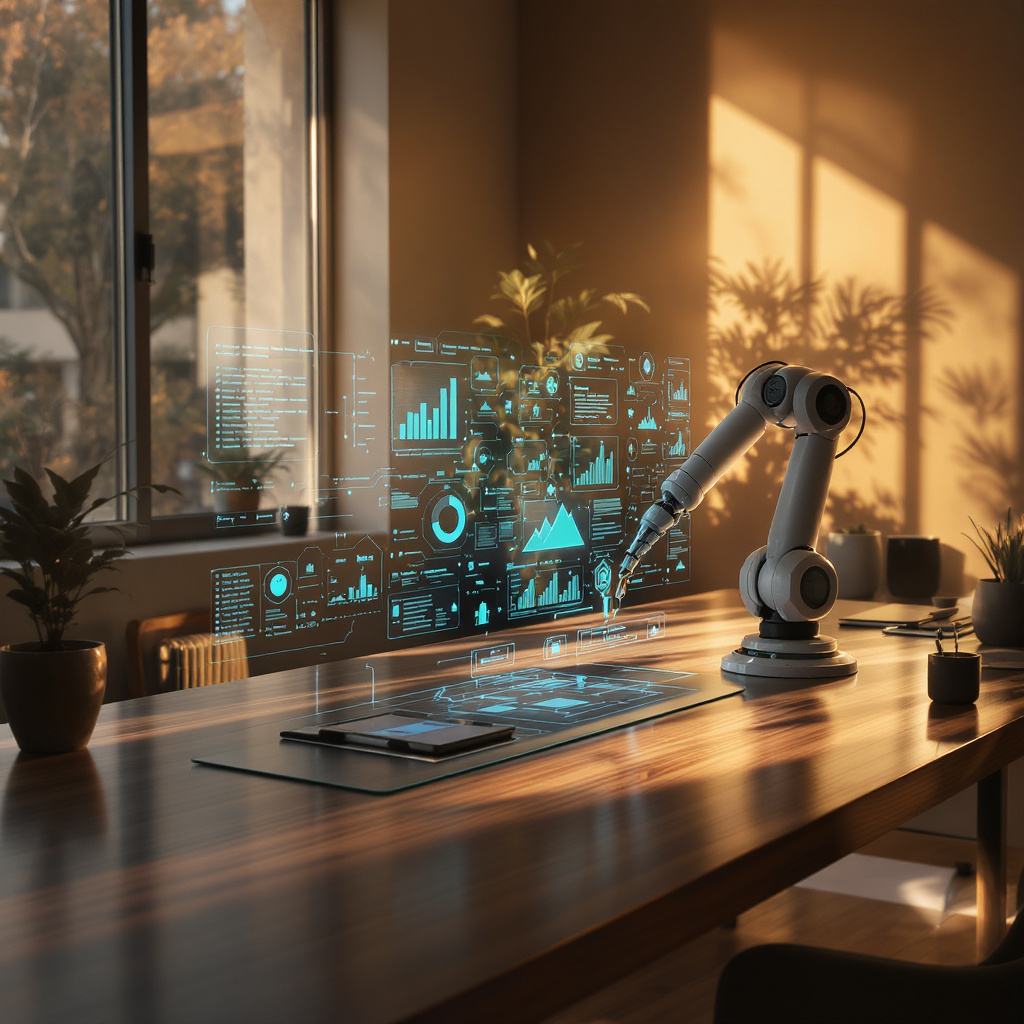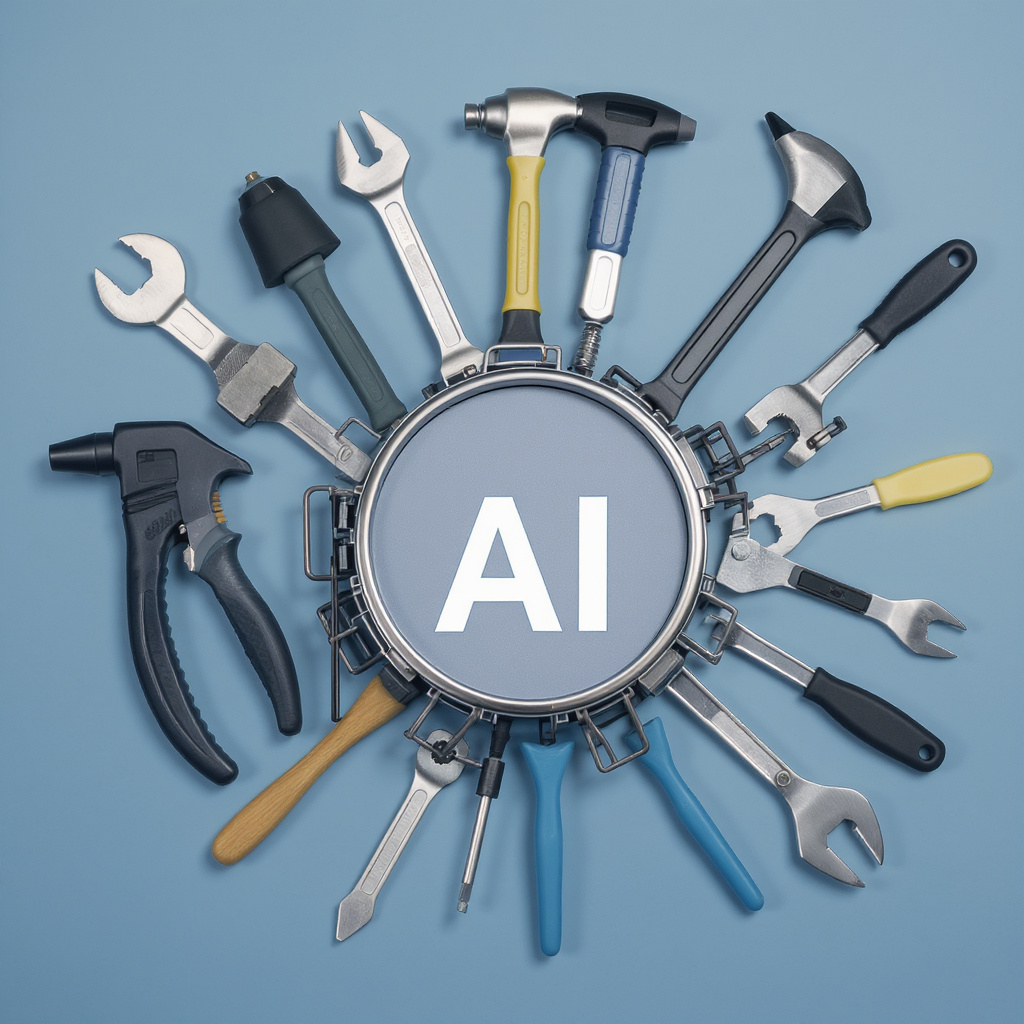
AI vs Human Creativity: Can Tools Replace Artists?
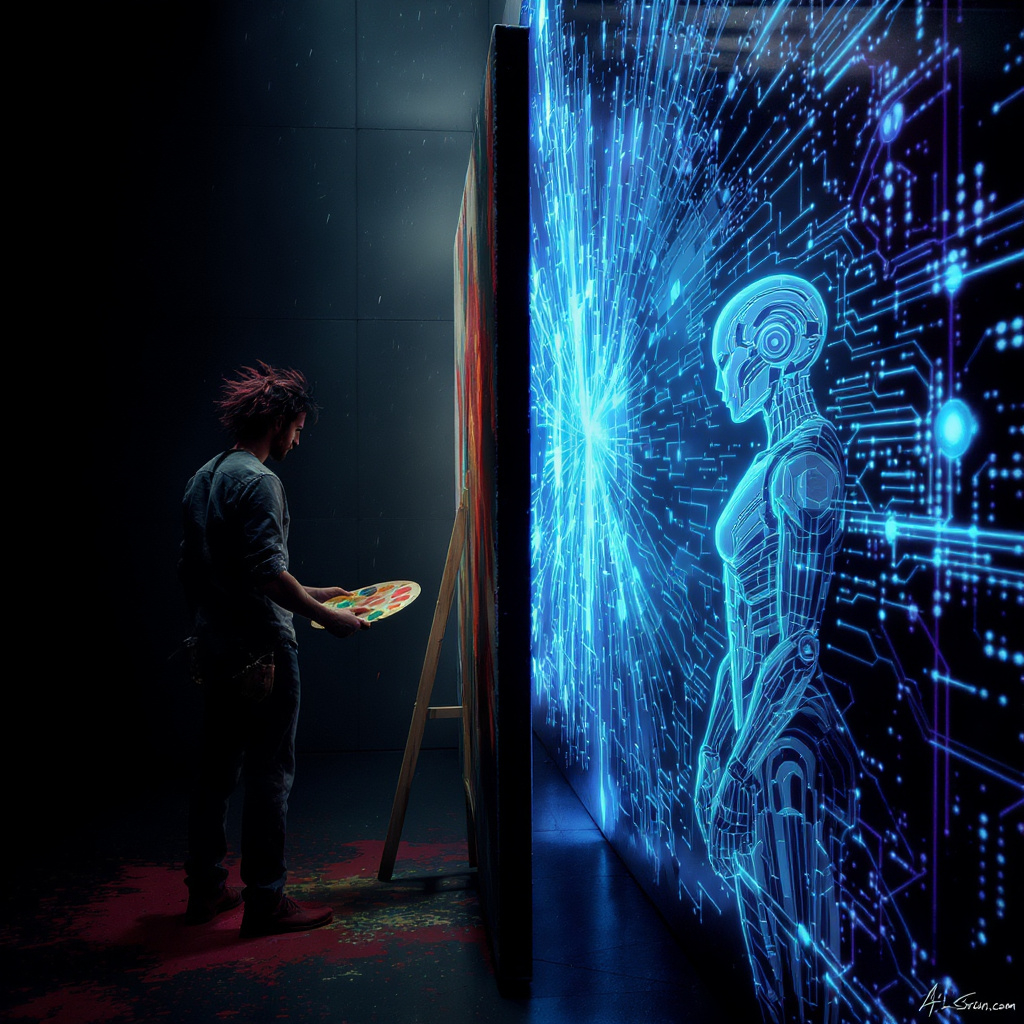
Artificial Intelligence (AI) has made incredible strides in recent years. From generating realistic images to composing music and writing stories, AI tools are challenging the boundaries of creativity. This raises an important question: Can AI truly replace human artists?
The debate is complex, and the answer lies in understanding what creativity really means.
The Rise of AI in Creative Fields
AI-powered platforms like DALL·E, MidJourney, Adobe Firefly, and ChatGPT are revolutionizing creative industries. These tools can:
-
Generate digital artwork from text prompts
-
Compose background music and soundtracks
-
Write blogs, poems, and scripts
-
Create video content and animations
AI is fast, scalable, and cost-effective — making it appealing for businesses and creators who want to save time.
Strengths of AI Creativity
-
Speed & Efficiency – AI can create thousands of variations in seconds.
-
Accessibility – Non-artists can now design, write, or compose with ease.
-
Cost Reduction – Businesses save money by using AI for tasks that once required hiring professionals.
-
Data-Driven Insights – AI can analyze trends and create content tailored for specific audiences.
Limitations of AI Creativity
-
Lack of Emotion – AI generates content based on data, not personal experience or emotion.
-
Originality Concerns – Most AI outputs are derived from existing patterns, raising questions about authenticity.
-
Ethical Issues – Copyright, plagiarism, and ownership of AI-generated art are still controversial.
-
Dependence on Prompts – AI needs human input. Without guidance, it cannot innovate on its own.
Why Human Creativity is Irreplaceable
Art is not just about creating something visually appealing or technically correct. It’s about:
-
Expressing emotions
-
Sharing personal experiences
-
Connecting with culture and history
-
Inspiring change and sparking imagination
AI can imitate styles, but it cannot replicate the soul of human creativity.
The Future: Collaboration, Not Replacement
Instead of replacing artists, AI will likely become a collaborative tool. Artists can use AI to:
-
Speed up brainstorming and idea generation
-
Experiment with styles and variations
-
Automate repetitive tasks (like resizing images or generating drafts)
This collaboration allows humans to focus on the emotional, imaginative, and innovative aspects of art — areas where AI still falls short.
Final Thoughts
So, can AI replace human artists? The answer is no. While AI is an amazing creative assistant, it cannot replicate the depth of human imagination and emotional expression. The future belongs to human-AI collaboration, where tools empower artists rather than replace them.
Related Tags:
Recent Blogs
Discover Limitless Possibilities Today!
Feel free to use this as a starting point and adjust the language to better suit your specific context or messaging.
